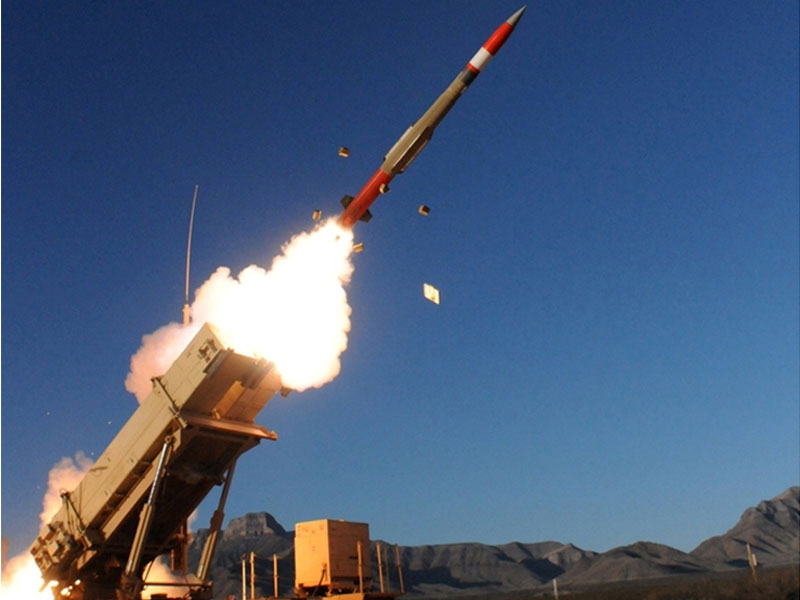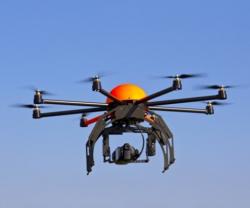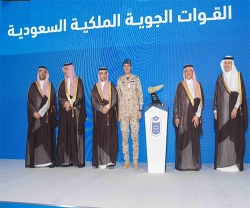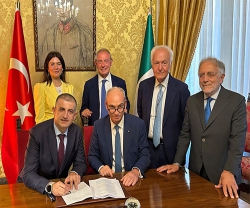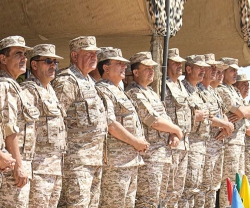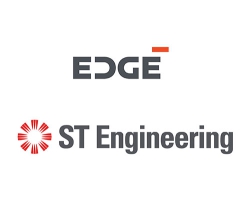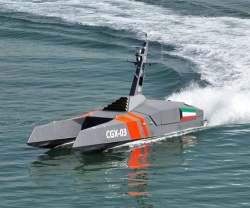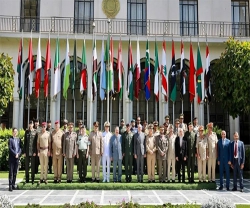Developed as the US Army’s primary High to Medium Air Defense (HIMAD) system, the MIM-104 Patriot is a mobile long-range surface-to-air missile with an anti-ballistic missile capability, based around a Raytheon AN/MPQ-53 (known by the ‘backronym’ Phased Array Tracking Radar to Intercept On Target).
Patriot has been supplied to some 14 nations, including Egypt, Jordan, Kuwait, Saudi Arabia and the UAE.
The system has been upgraded several times under successive Patriot Advanced Capability (PAC) modernizations. The PAC-2 GEM-T (guidance enhanced missile – TBM) missile used the basic PAC-2 airframe, but was modified to be more effective against low-altitude, low-RCS targets such as cruise missiles, with a new, faster-reacting proximity-fuzed warhead for increased effectiveness against ballistic missiles.
The PAC-3 is a significant upgrade to nearly every aspect of the Patriot system, but the most obvious change is the incorporation of a new missile, more maneuverable than previous variants and with a Kaband active radar seeker for terminal homing. This is accurate enough to select, target and home in on the warhead portion of an inbound ballistic missile. Due to miniaturization of the missiles, four of the new rounds can be loaded into a single canister (16 per launcher), whereas only one PAC-2 missile is carried per canister.
The UAE has already taken delivery of PAC-3 and, like Kuwait and Qatar, has requested a mix of GEM-T and PAC-3 missiles. The US State Department has cleared a potential sale of enhanced PAC-3 missiles to the Kingdom of Saudi Arabia to upgrade its existing Raytheon Patriot PAC-2 air-defense systems.
The PAC-3 MSE (Missile Segment Enhancement) program incorporates a larger, more powerful motor, along with larger fins and other structural modifications that increase thrust, range and agility.
According to Michael Trotsky, Vice President of Air and Missile Defense Systems at Lockheed Martin, the first MSE sales are likely to be in the Middle East.
Source: WAM

